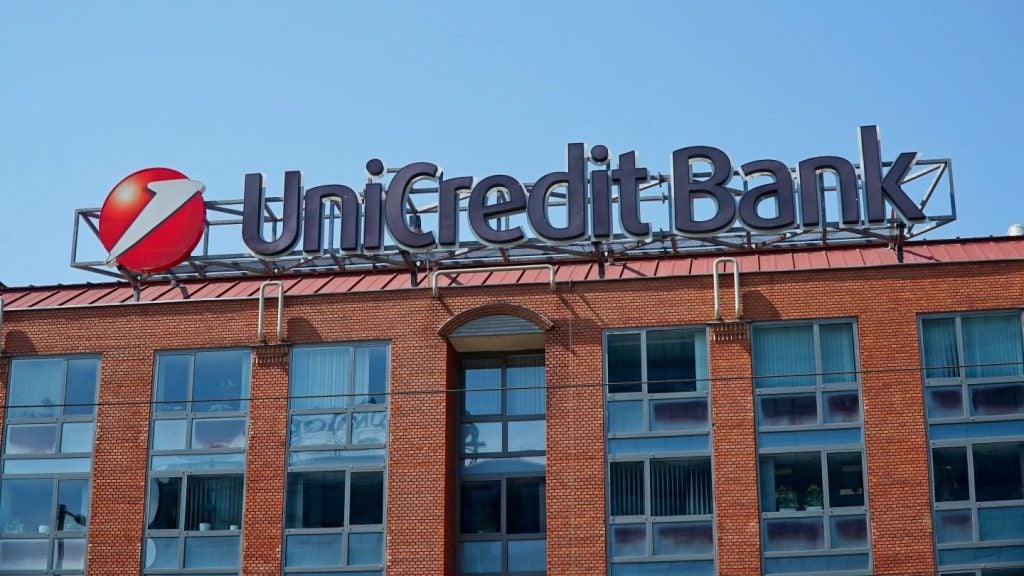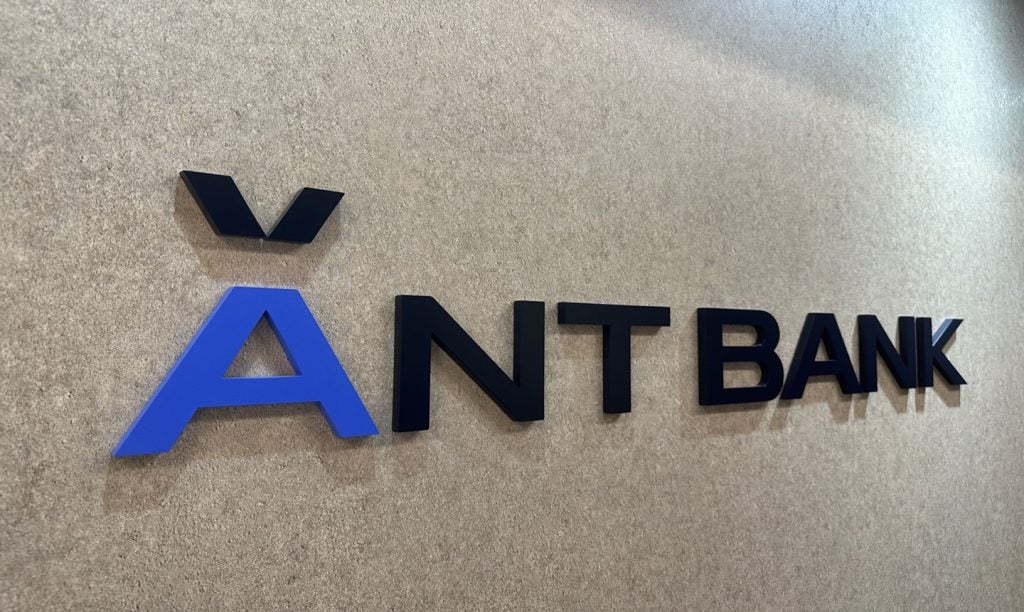PayZen, a US-based fintech focused on the healthcare industry, has raised $15m in its Series A funding round led by SignalFire.
The round saw participation from Link Ventures and 7wireVentures, who were joined by existing investors Viola Ventures and Picus Capital.
Having raised $20m so far, PayZen aims to address the $300bn medical debt problem in the US through zero interest care now, pay later (CNPL) offering.
PayZen will use the proceeds to expand its product portfolio to enable access to affordable healthcare payment options.
PayZen CEO and co-founder Itzik Cohen said: “At PayZen, our mission is to address healthcare affordability for everyone, no matter the stage of care. With this fresh round of capital, we’re excited to improve the quality of more people’s lives, while serving as a trusted technology partner to medical providers across the country.”
PayZen uses AI-powered technology to allow hospitals, health systems and large physician groups to determine a patient’s ability to pay.

US Tariffs are shifting - will you react or anticipate?
Don’t let policy changes catch you off guard. Stay proactive with real-time data and expert analysis.
By GlobalDataThe fintech plans to invest in its AI and machine learning technology as well to expand its underwriting capabilities across financial, medical and alternative data sets.
Additionally, PayZen will use the funds to invest in its marketing and business development teams.
SignalFire partner Chris Scoogins said: “Medical debt remains the number one source of bankruptcy in the US, and as a result, people are avoiding potentially life-saving care.
“With PayZen’s zero-interest model, Americans can stop being forced to make the choice between a doctor’s appointment and a rent bill. This technology removes friction on all sides, allowing patients to focus on recovery and hospitals to focus on treatment.”






